Whatever our global worries and concerns, living in the second decade of the 21st century has its advantages. The digitizing of motion pictures, to take just one example, has not only made vintage films from 80 to 100 years ago look new, in fact the process has made them look better than new. Of course, professional grade equipment and knowledgeable technicians will require hundreds of thousands of dollars to achieve these startling results. But happily, the consumer electronics market offers a number of user-friendly and affordable software so we ordinary folks – the fans – can achieve good results for our own enjoyment. Personally, I don’t think the home products equal the results obtained by the professionals, but they come close.
Consider the strides made in colorizing black-and-white photos. Ten years ago the resulting process was not especially good but today color transfers have improved to the point where some of the results are startlingly superb. While your blogmeister cannot claim to rank among the kings and queens colorizing, my work product is not disgracefully inferior either. Recently, software to convert standard two-dimensional images (2-D) into three dimensional (3-D) have likewise come a long way. These results are not the “hyper-reality” some of us rememeber from our Viewmaster slides, but they do suggest a bit of depth. Finally, the option to place images into very sharp focus, known as High Definition or simply “HD” is like the icing on the proverbial cake.
Your blogmeister has spent (or misspent) considerable time learning to master these new technologies and, herewith, I present the results for your approval (or otherwise). Actually, there is one more high tech step that you the viewer can take to enhance your viewing experience. And that is to watch the video below by attaching your cell phone to a VR (Virtual Reality) headgear. I can still get by using the old-fashioned “free viewing” method of training my right eye to focus only on the right image and the left eye on the left image. Our brain is tricked into seeing these in 3-D by merging the two images into a third one that gives the illusion of 3-D. I can’t think of a better subject to benefit from our 21st century ways than Mr. George Arliss. I hope you can enjoy the show!


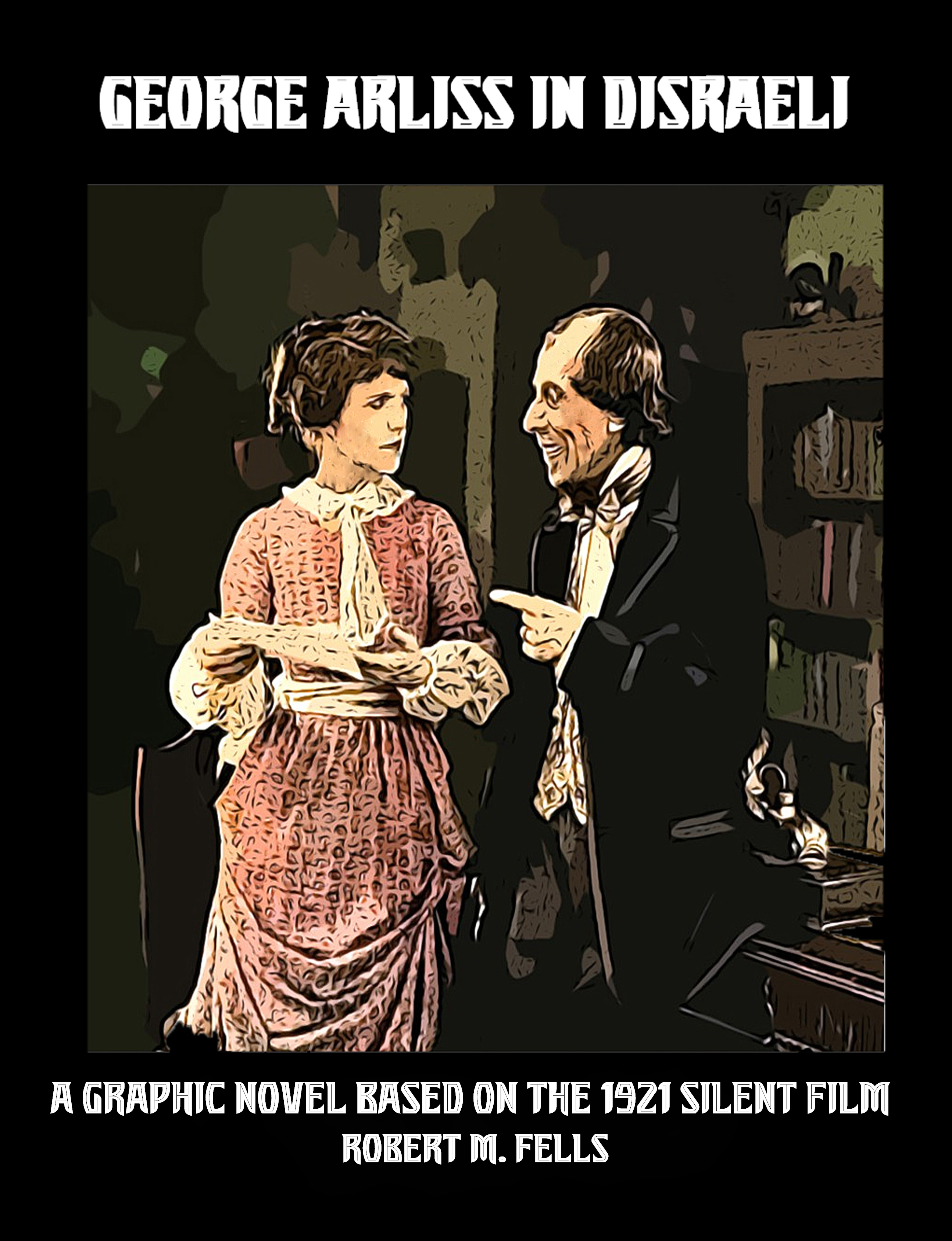
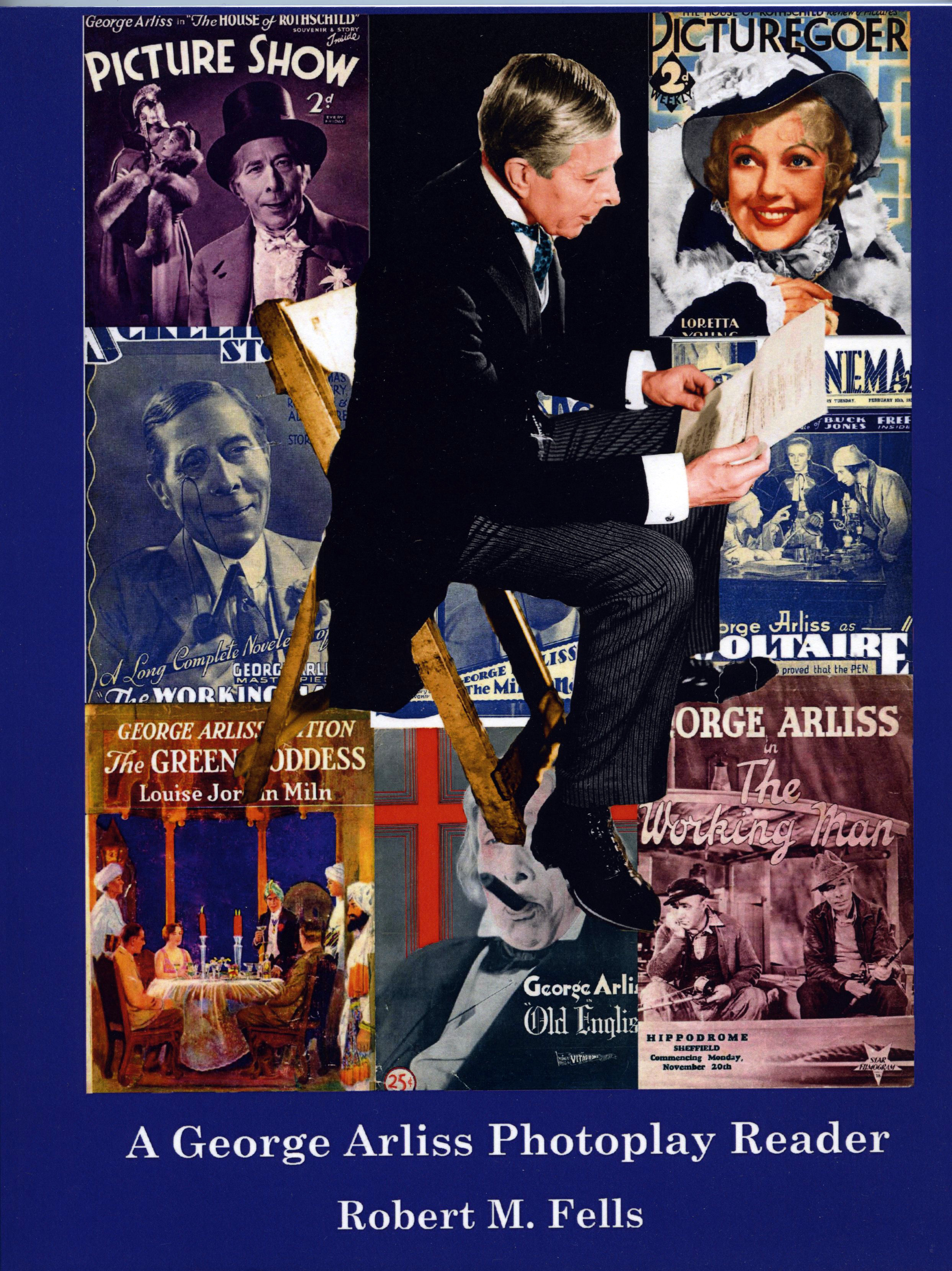


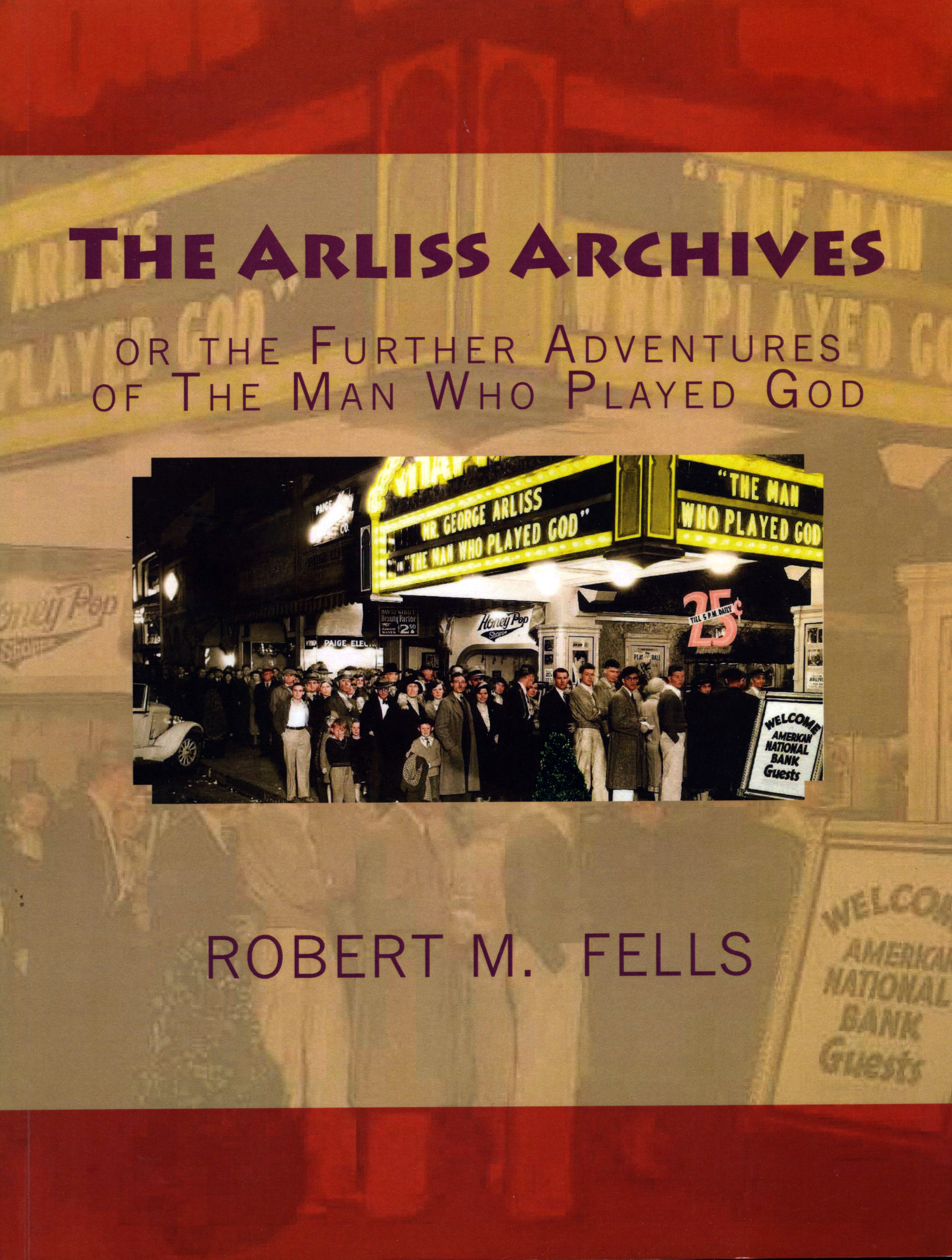
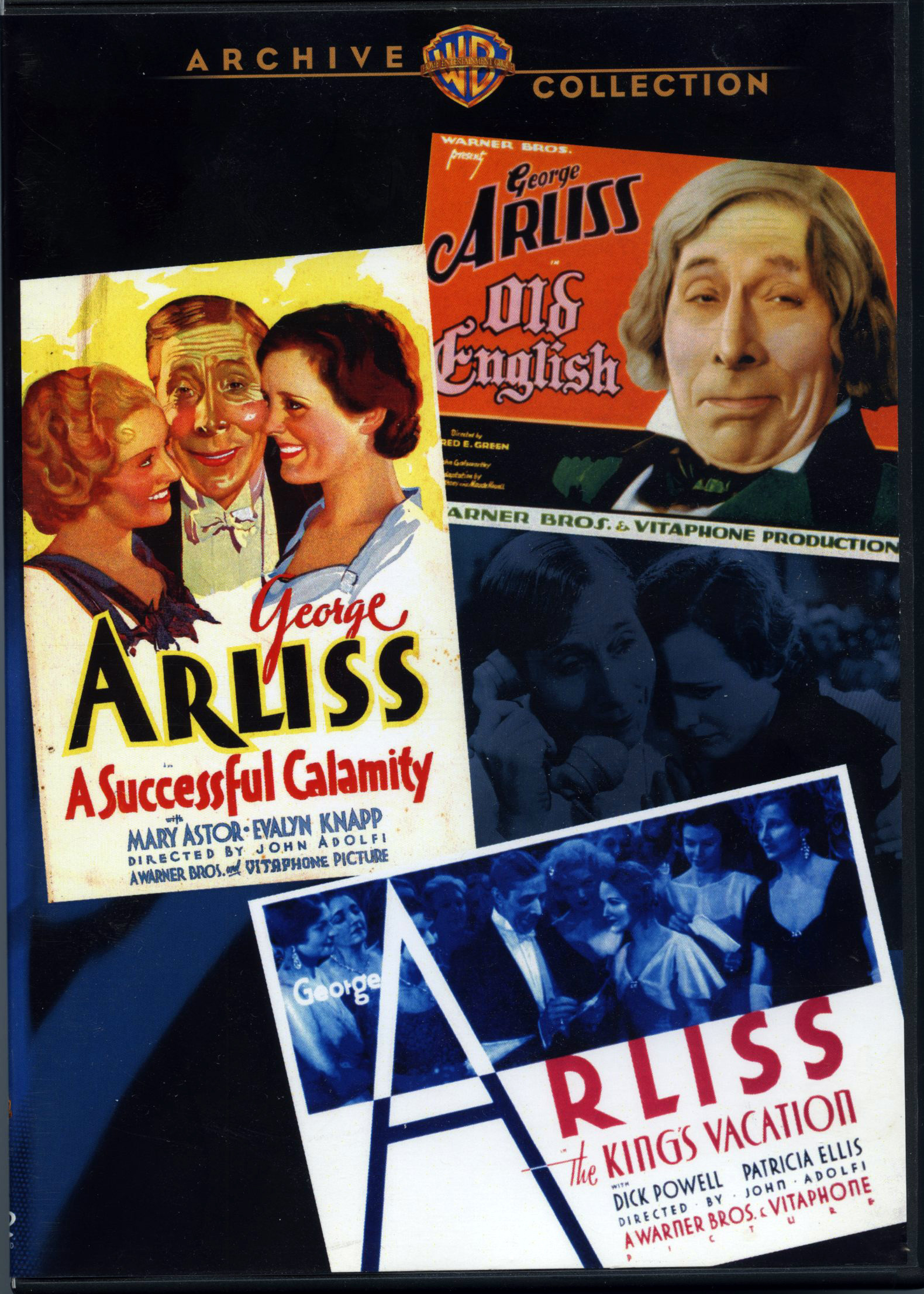




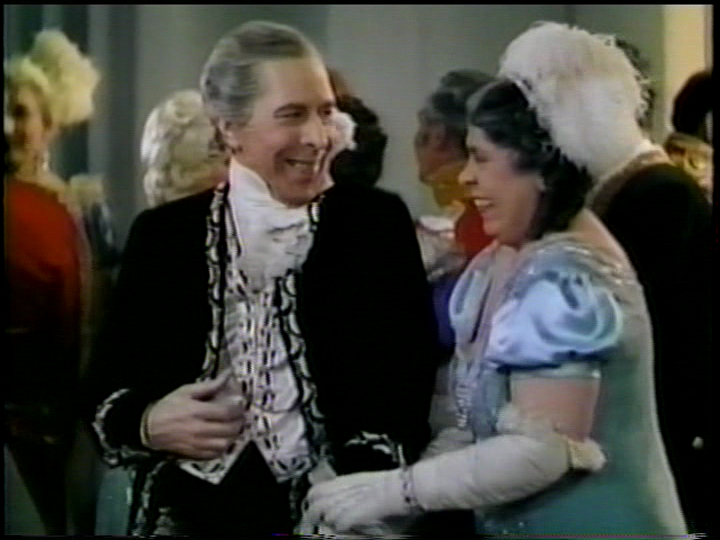


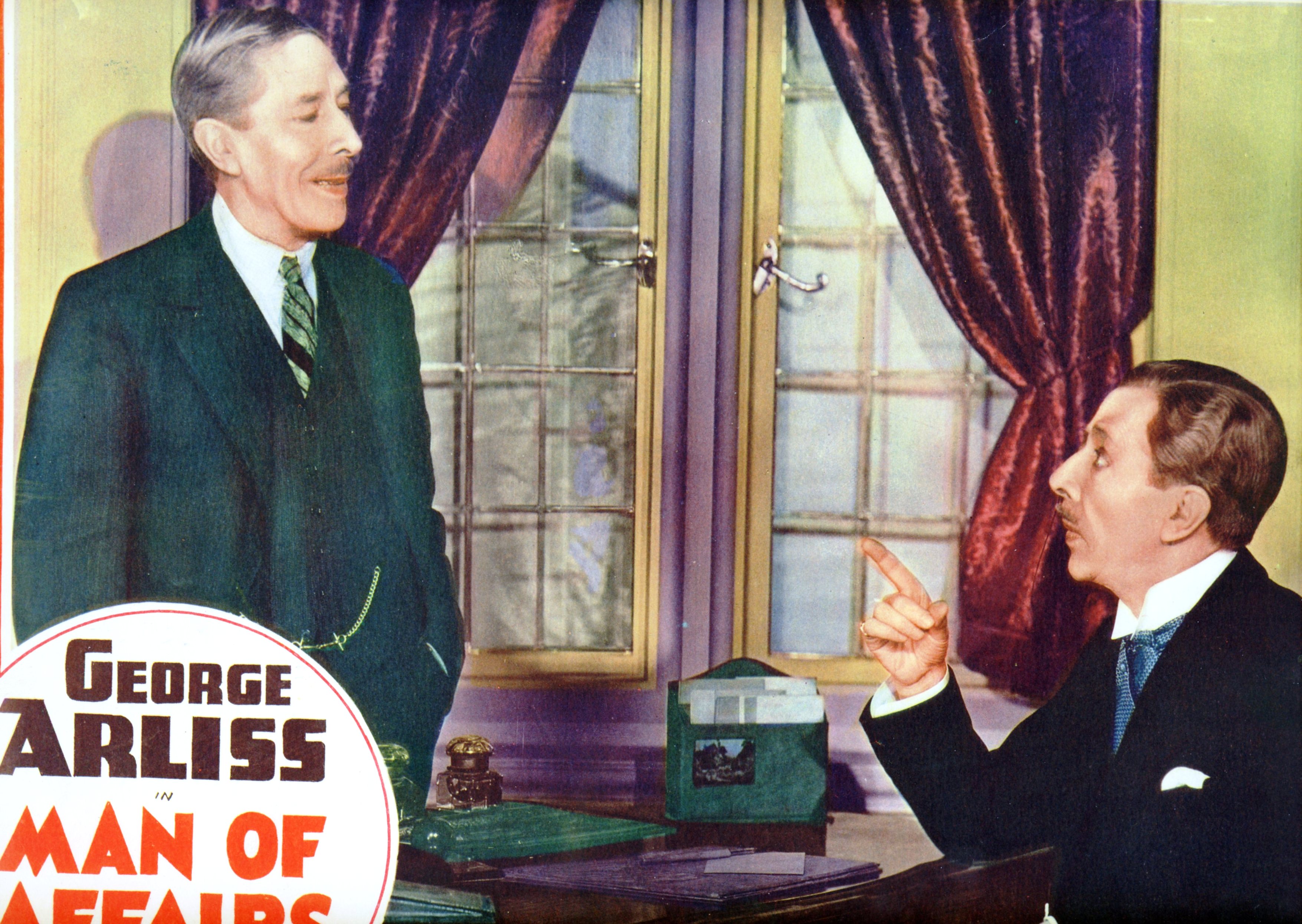

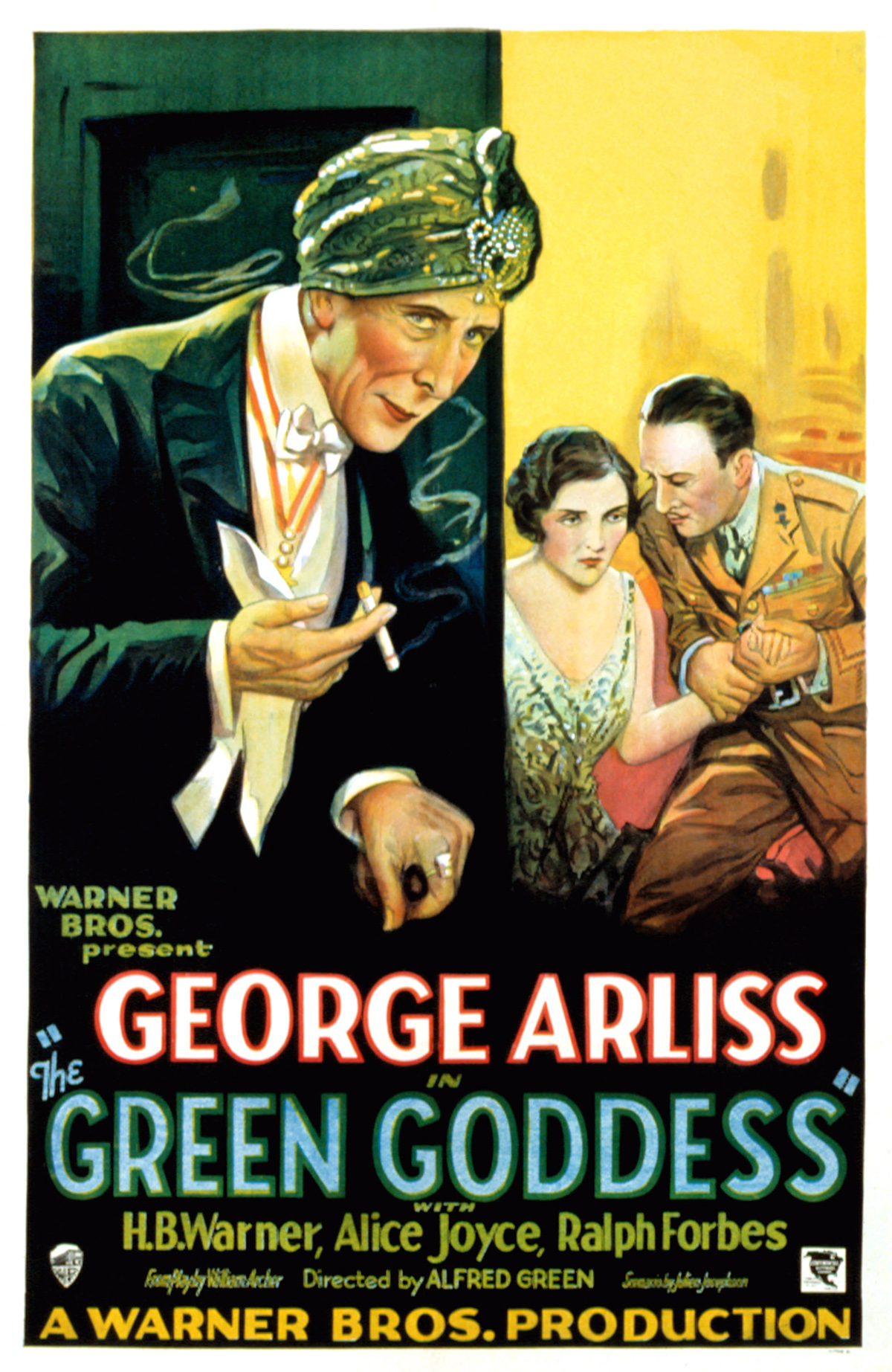
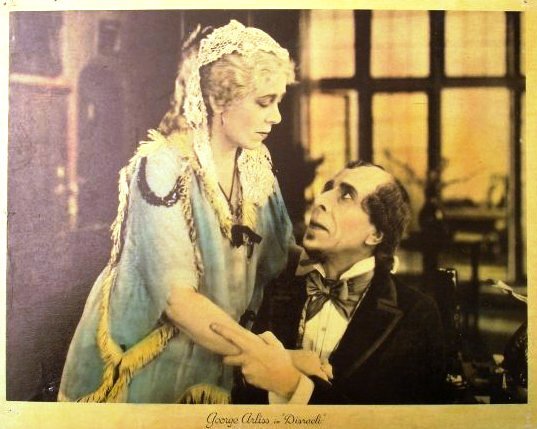

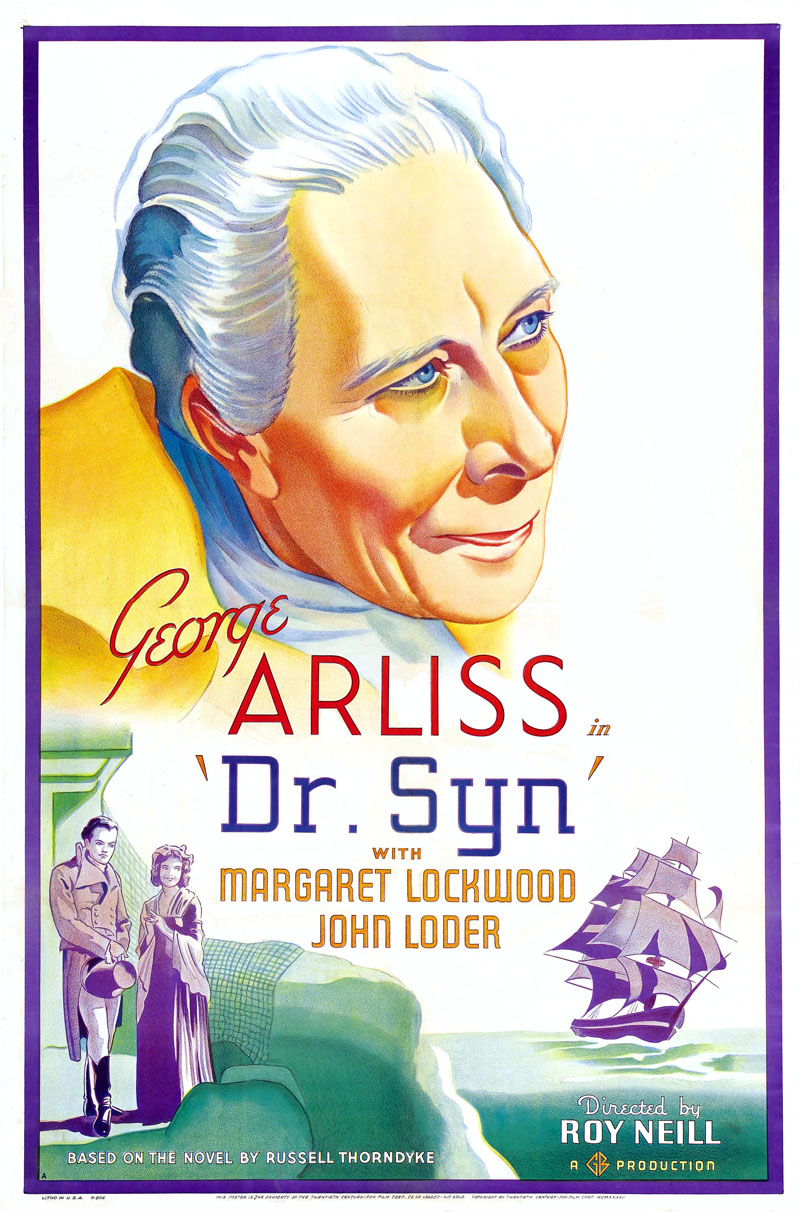
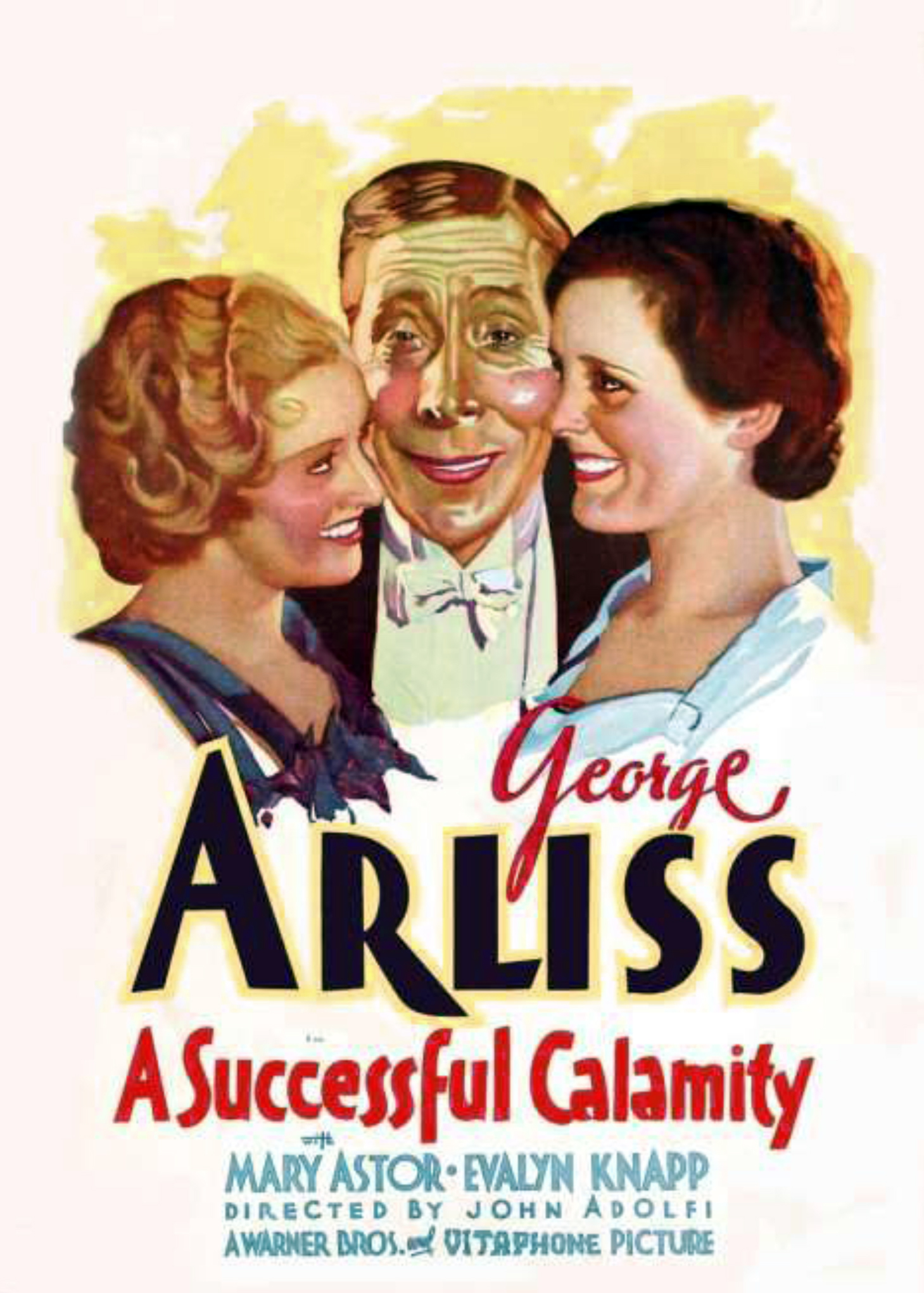









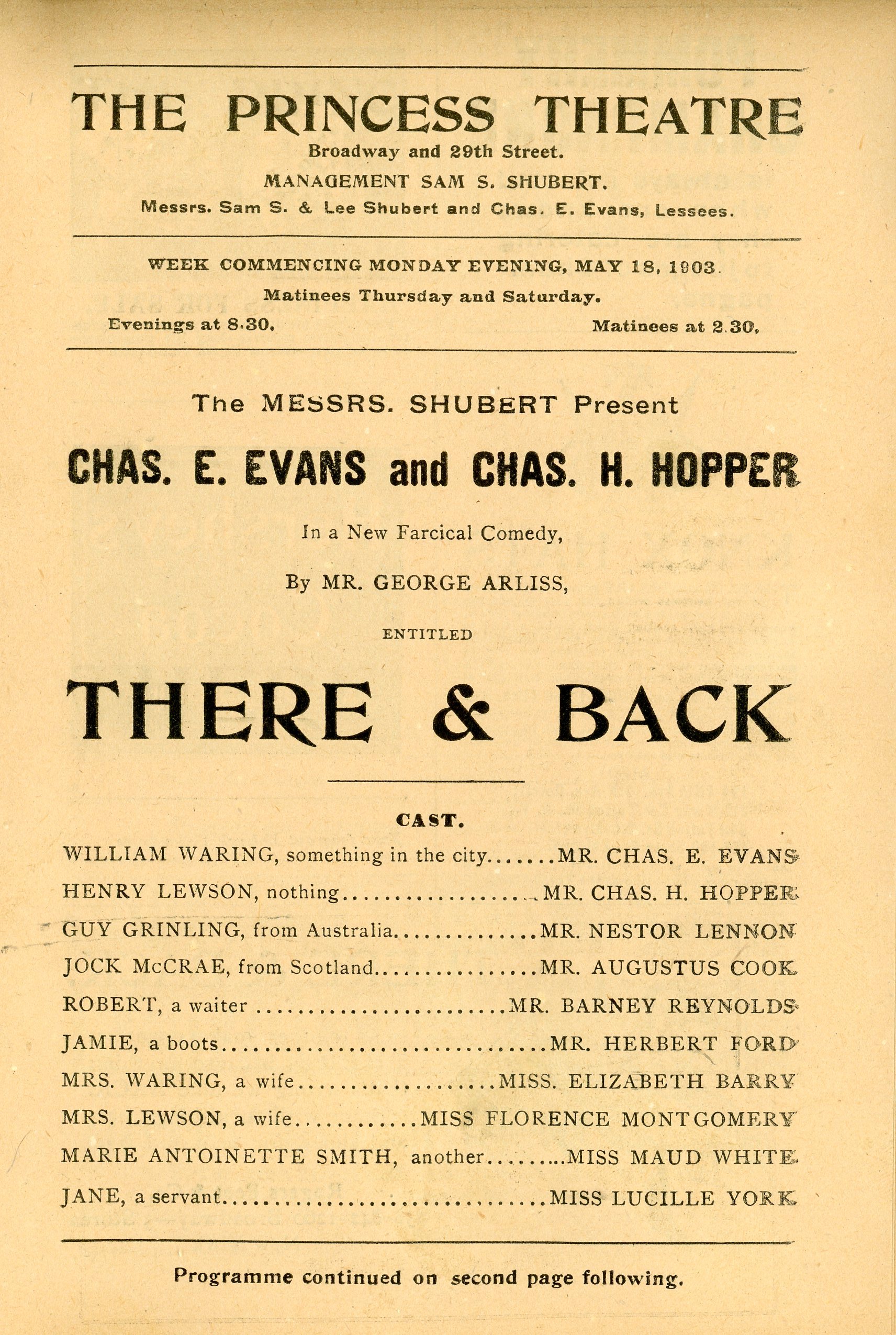

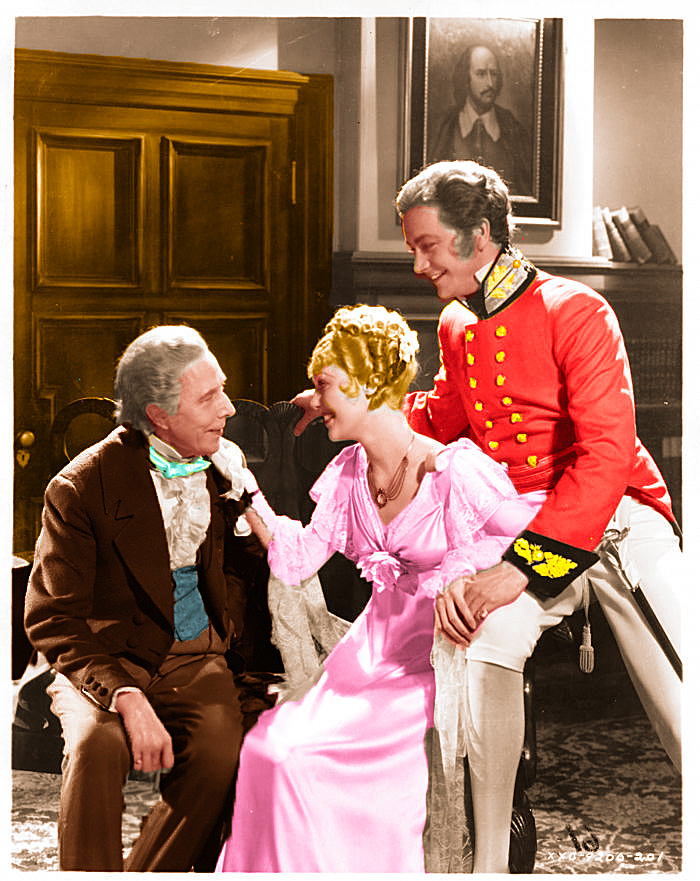
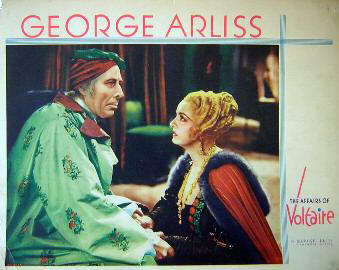


You must be logged in to post a comment.